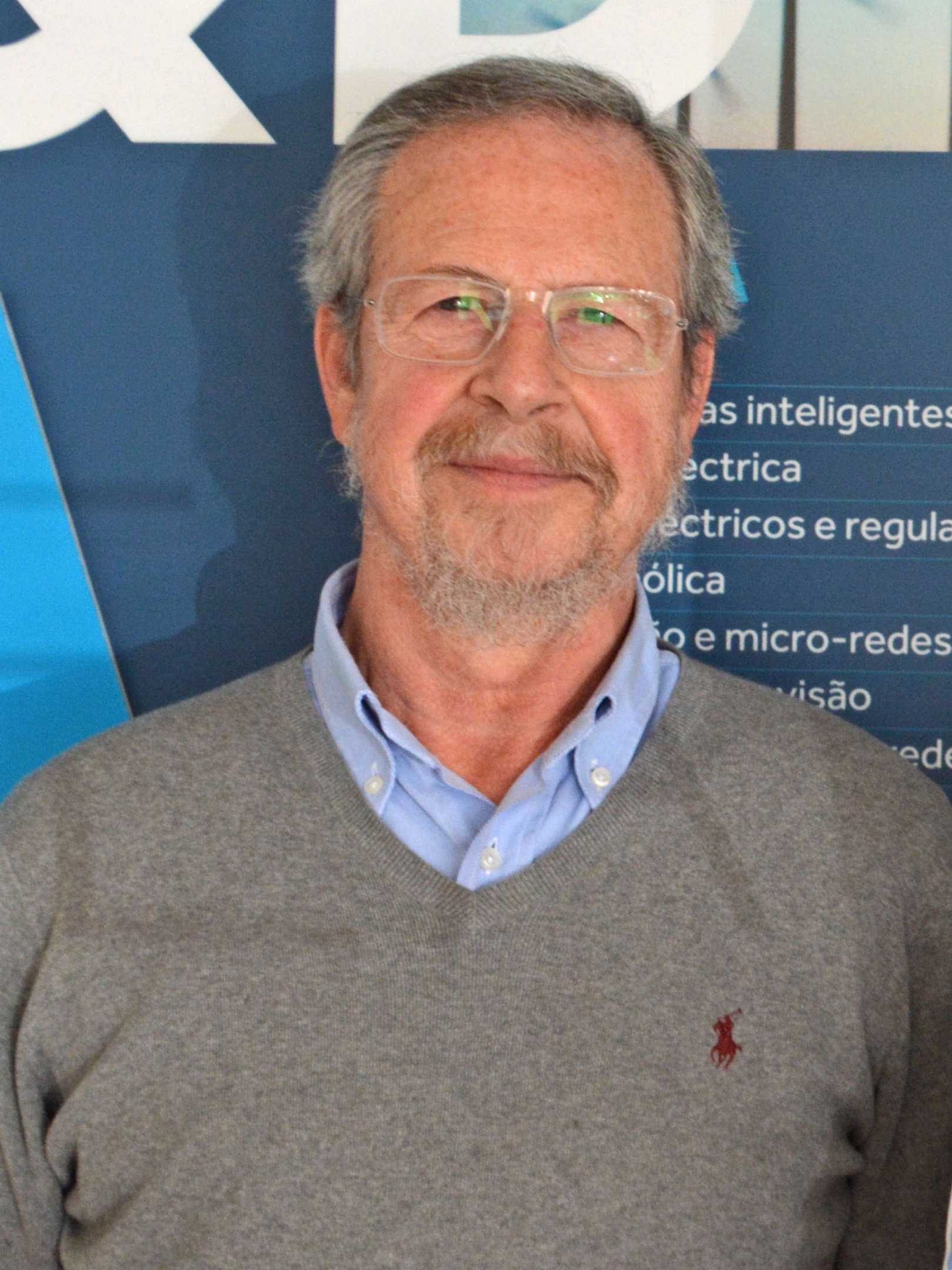About
Pedro Guedes de Oliveira
He was part of the small team that in 1974 started the Department of Electronics and Telecommunications of the University of Aveiro where he stayed until 1993 and then became a professor at the Faculty of Engineering of the University of Porto (FEUP) where he retired in 2015.
In his career he took several managing responsibilities both at the academic and scientific level, as well as several representative positions, through election, at the Scientific Council of FEUP and the General Council of the University. At present he is Professor Emeritus of the University of Porto.
He was the first president of INESC Porto (today, INESC TEC) until 2005, where he is still a researcher and Advisor to the President, and held several public positions, by invitation, namely as member of the Scientific Council for Science and Engineering of the Science and Technology Foundation, non-Executive Member of the Board of Innovation Agency and Executive Member of the Board of the Foundation for National Scientific Computation.
He also was engaged in cultural initiatives and entities, namely as member of the General Council of CulturPorto and member of the Board of Porto 2001 – European Capital of Culture.
In 2016 he was awarded the Medal of Merit by the Ministry of Science, Technology and Higher Education.
Presently is an Executive Member of the Board of INESC and General Coordinator of INCoDe.2030


